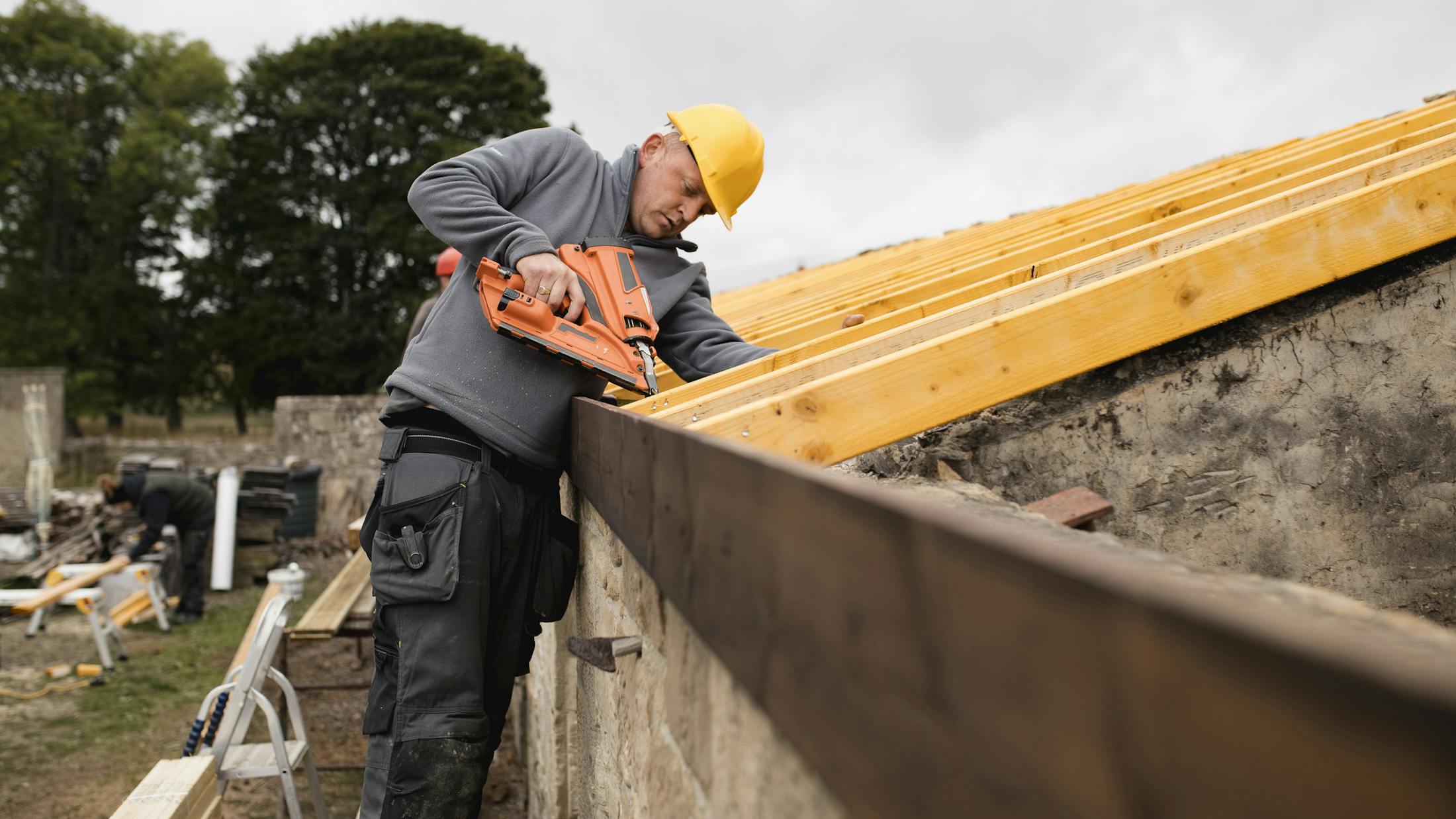What Compensation Can You Receive in a Nail Gun Injury Case in New York?
If you were injured from a nail gun while doing your job, Workers’ Compensation is supposed to help you recover compensation. This no-fault system offers financial benefits for on-the-job injuries, typically covering immediate medical expenses, lost wages, and disability benefits. It also extends to dependents in cases of fatal injuries.
However, in case Workers’ Comp doesn’t fully cover your losses or you want to sue a third-party (like the nail gun manufacturer), you may be able to file a personal injury lawsuit against them. New York construction workers can file these claims under specific circumstances, including:
- Claims against property owners, contractors, or other third parties who violate New York labor laws.
- Claims against negligent third parties who caused or contributed to the accident, including contractors and manufacturers.
- Claims against a construction company or employer without workers' compensation insurance.
Remember, to win a personal injury lawsuit, you must prove that someone (the liable party) was responsible for your safety but failed in their responsibility. Simply put, they had a responsibility to ensure your safety, they didn’t fulfill this responsibility, and their failure directly led to the accident and your injuries. As a result, you can claim both economic and non-economic damages like:
- Medical expenses: Costs for emergency treatment, hospital stays, surgeries, medication, physical therapy, and any ongoing medical care related to your injury.
- Lost wages: Income you have lost due to your inability to work while recovering.
- Loss of earning capacity: If your injury affects your ability to work in the future, you can claim for the reduced earning potential.
- Rehabilitation costs: Expenses for physical or occupational therapy needed for recovery.
- Other out-of-pocket expenses: Any other financial losses directly related to your injury, like transportation costs to medical appointments.
- Pain and suffering: Compensation for the physical pain and discomfort caused by your injuries.
- Emotional distress: For the mental anguish or psychological impact of the injury, like anxiety, depression, or trauma.
- Loss of enjoyment of life: If the injury prevents you from engaging in hobbies, activities, or other forms of enjoyment you used to participate in.
- Disfigurement or physical impairment: If the injury leads to permanent physical changes or disabilities.
- Loss of consortium: This applies if your injury negatively affects your relationship with your spouse or partner.




